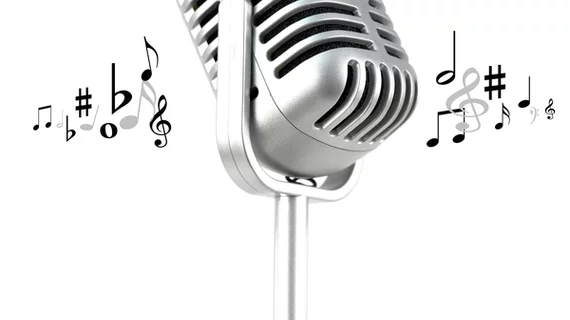Music eases anxiety during imaging. But, don’t let patients pick their playlist
Music is shown to calm and ease the anxiety of patients undergoing imaging procedures, an analysis of 13 studies found. The paper with the complete summary of findings is published in Radiography. [1]
A research team from Portugal found that some—but not all—musical interventions lowered the heart rate of patients and improved their reported levels of anxiety during a variety of procedures, from MRIs to mammograms. Additionally, ambient sounds produced a similar effect to music, meaning the positive impact may stem from any engaging or soothing sound.
“Musical intervention arises as a painless, reliable, low-cost, and side-effect-free strategy, presenting imaging departments with a practical means to enhance patient comfort and mitigate anxiety and stress during medical procedures,” the authors led by Lina Vieira, PhD, from the Lisbon School of Health Technology, wrote. “Various musical interventions in clinical settings induced reductions in heart rate, blood pressure, respiratory rate, pain, anxiety, stress hormone levels and increased patient satisfaction, and time spent in the recommended heart rate intensity in stroke survivors patients with low gait functioning.”
While investigating the impact of music and sounds on patients during medical procedures, Vieira and her team not only examined the outcomes of the 13 studies but also attempted to identify patterns based on musical composition and volume levels to determine any additional effects.
The studies showed a common framework when resulting in a reduction of patient anxiety, with volume typically played between 50 and 60 decibels. Music was largely distributed digitally from playlists, and played through headphones given to patients. The chosen music also tended to be slow, at a tempo of about 60 to 80 beats per minute.
All 13 studies showed some type of improvement of the experience for patients, with four specifically noting an improvement in patient comfort levels. Nine of the studies specifically found music and ambient noise to reduce patient anxiety.
As for specific physiological changes, Vieira and colleagues more closely examined four studies out of the lot, performing a meta-analysis to zoom in on heart rate. In all four studies, while reported anxiety reduction was not statistically significant, the heart rate of patients receiving some kind of musical intervention was reduced, but blood pressure and respiration remained unchanged.
Interestingly, it was the slow, steady sounds that produced the impact. Patients who selected more aggressive music genres, such as punk and death metal, were less likely to experience a reduction in anxiety or improvement in related physical symptoms.
“This finding highlights the fact that the use of patient-selected music may not always be ideal and, in some situations, it may be more beneficial to use music chosen by healthcare professionals/investigators based on specific musical parameters, with which the patient may not be familiar (e.g., music volume, music frequency, and music duration),” the authors added.
Read the full paper at the link below.

